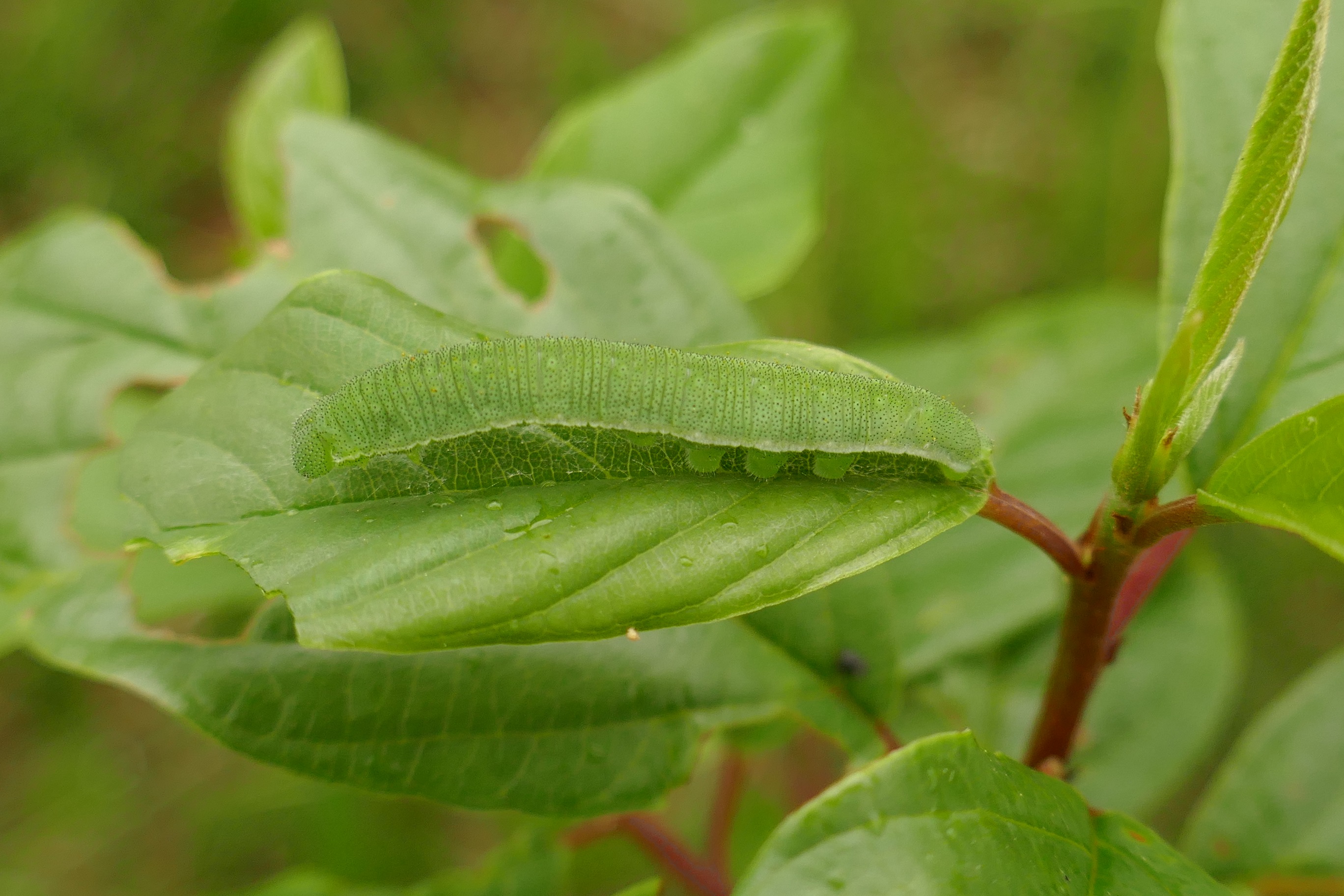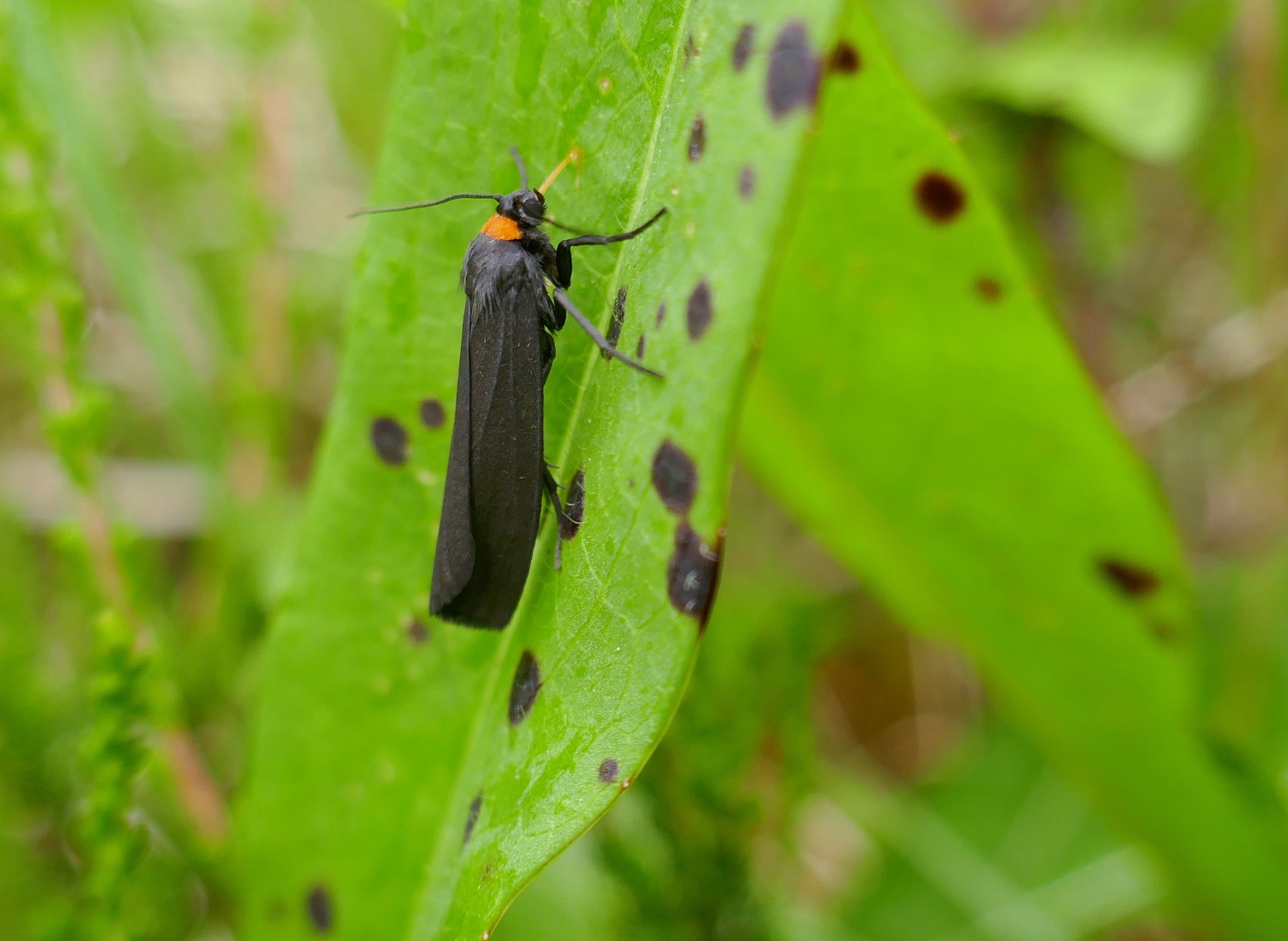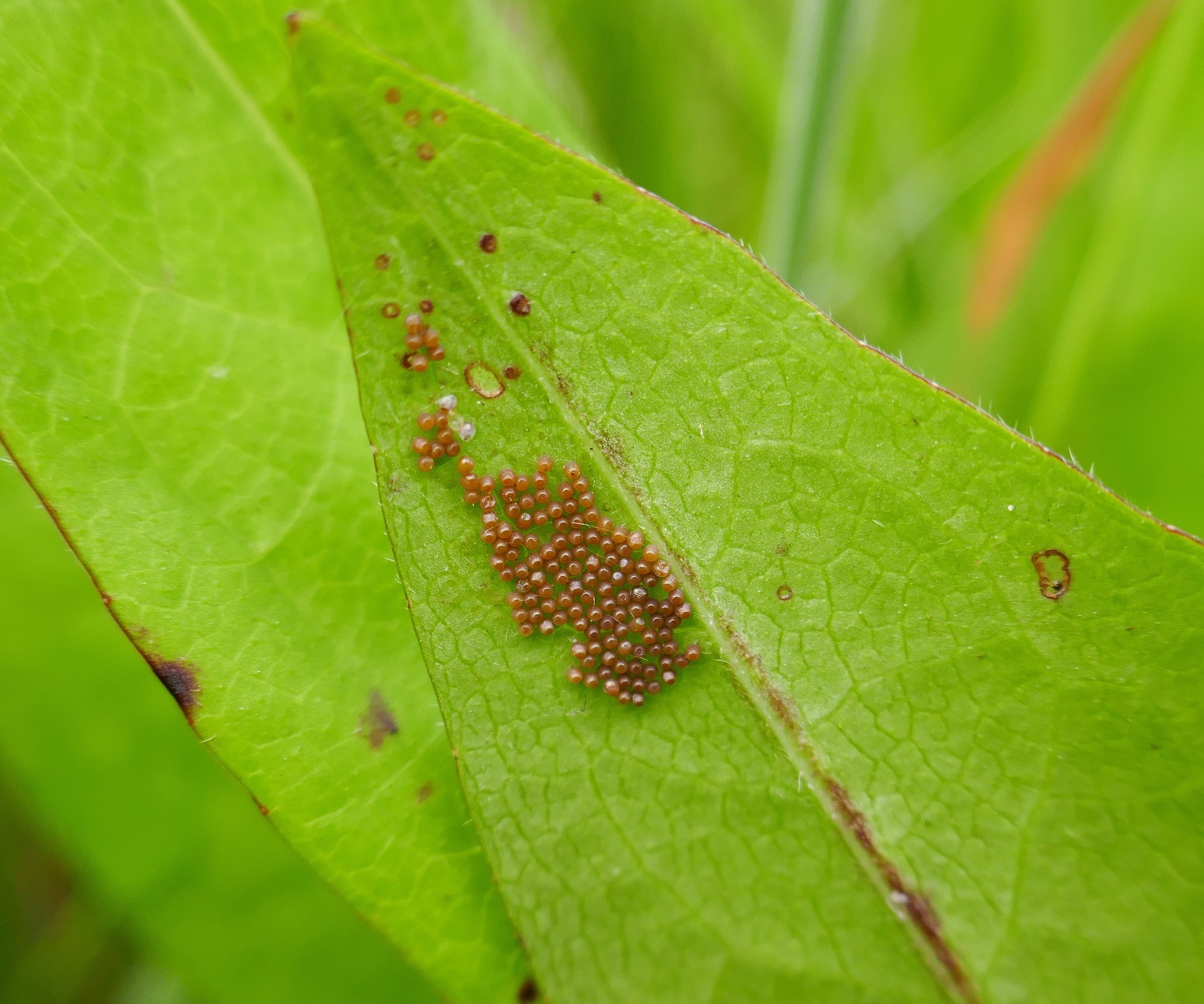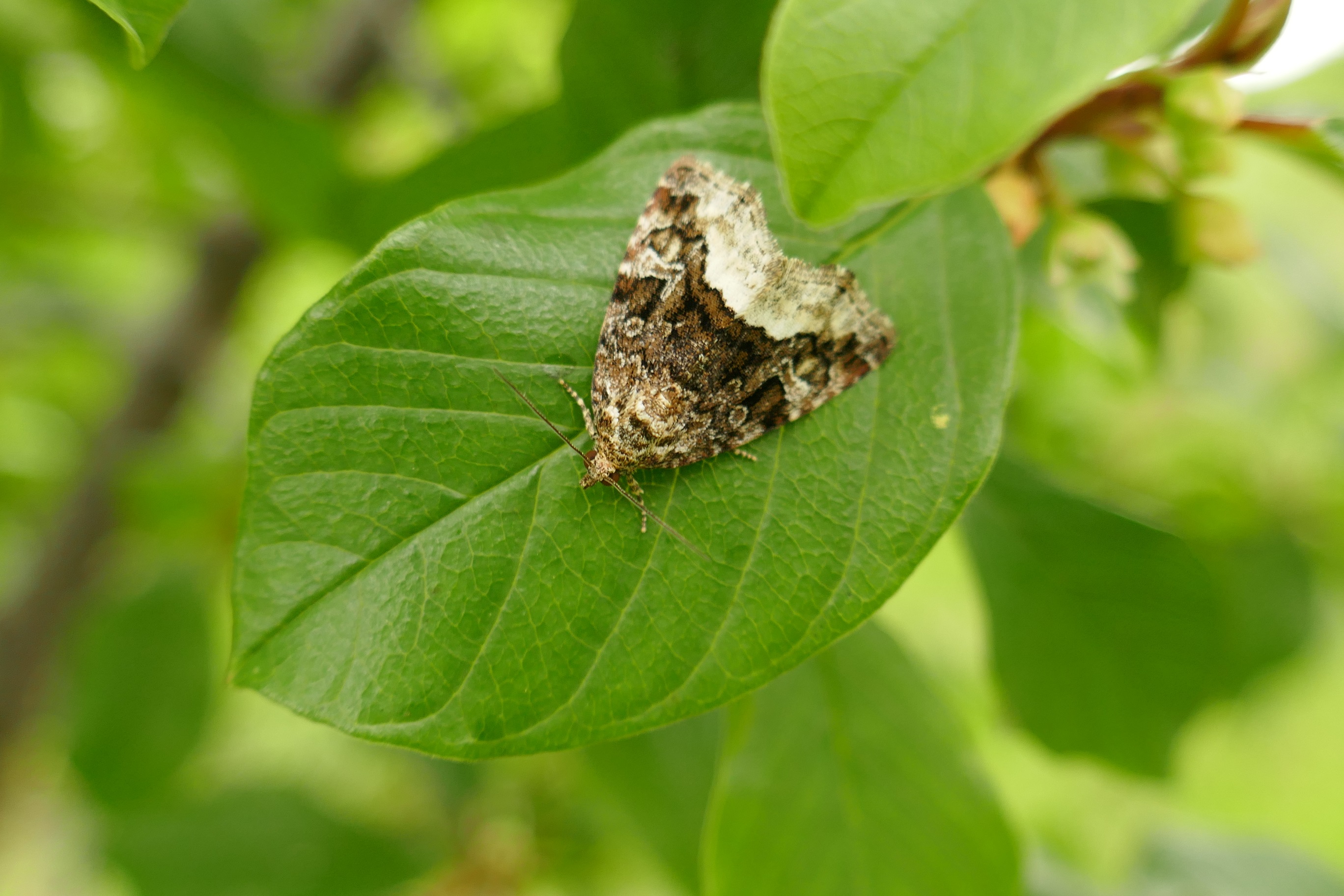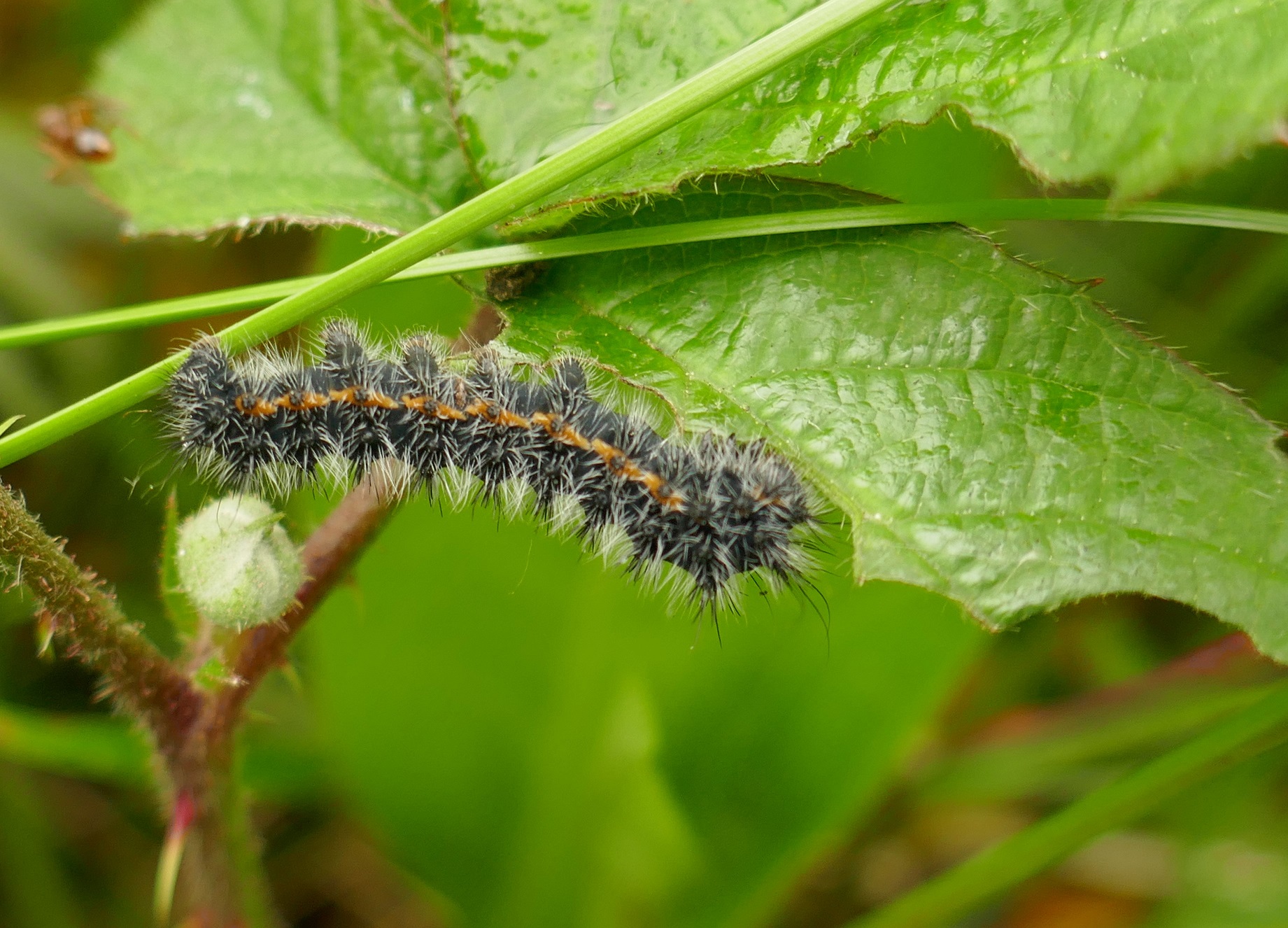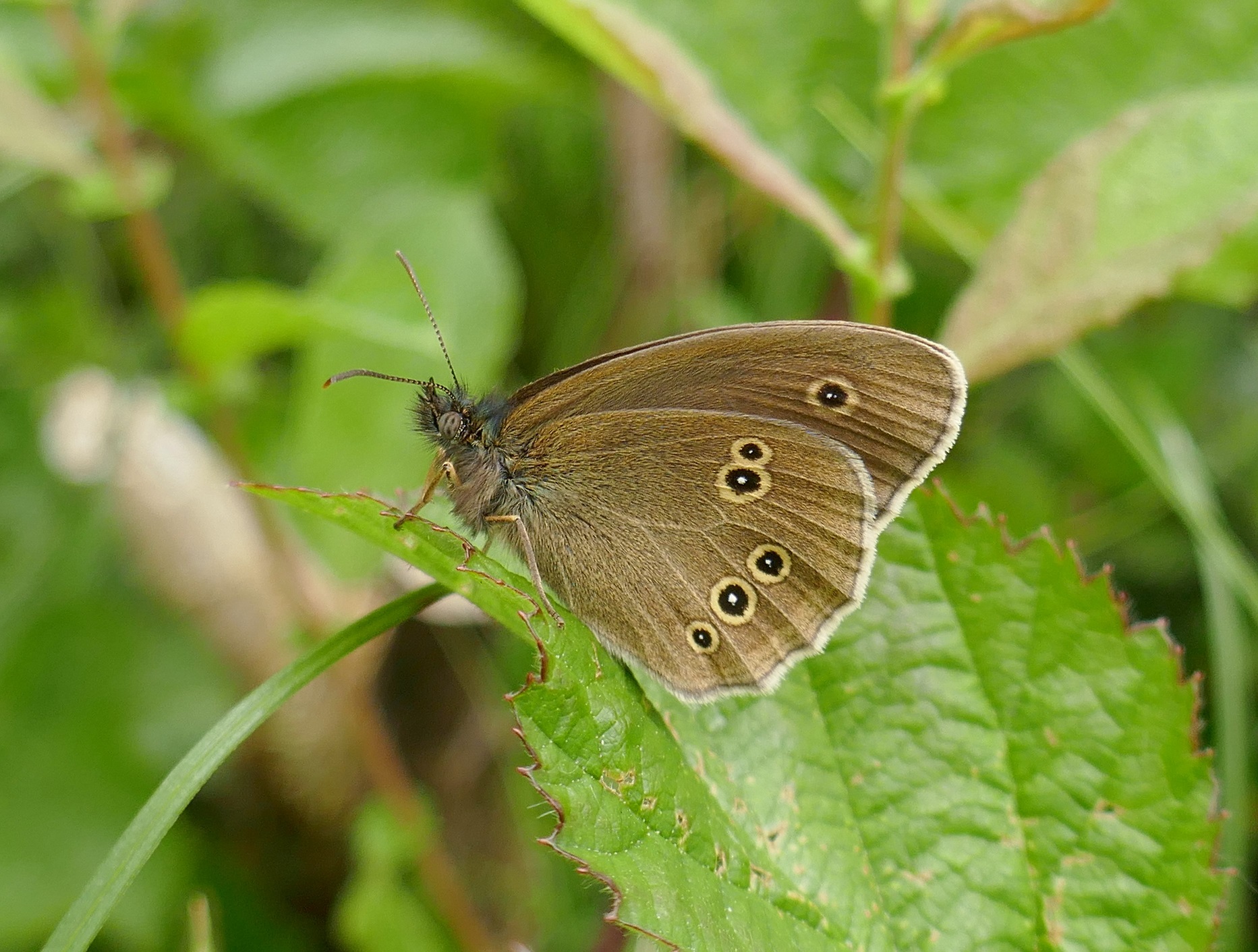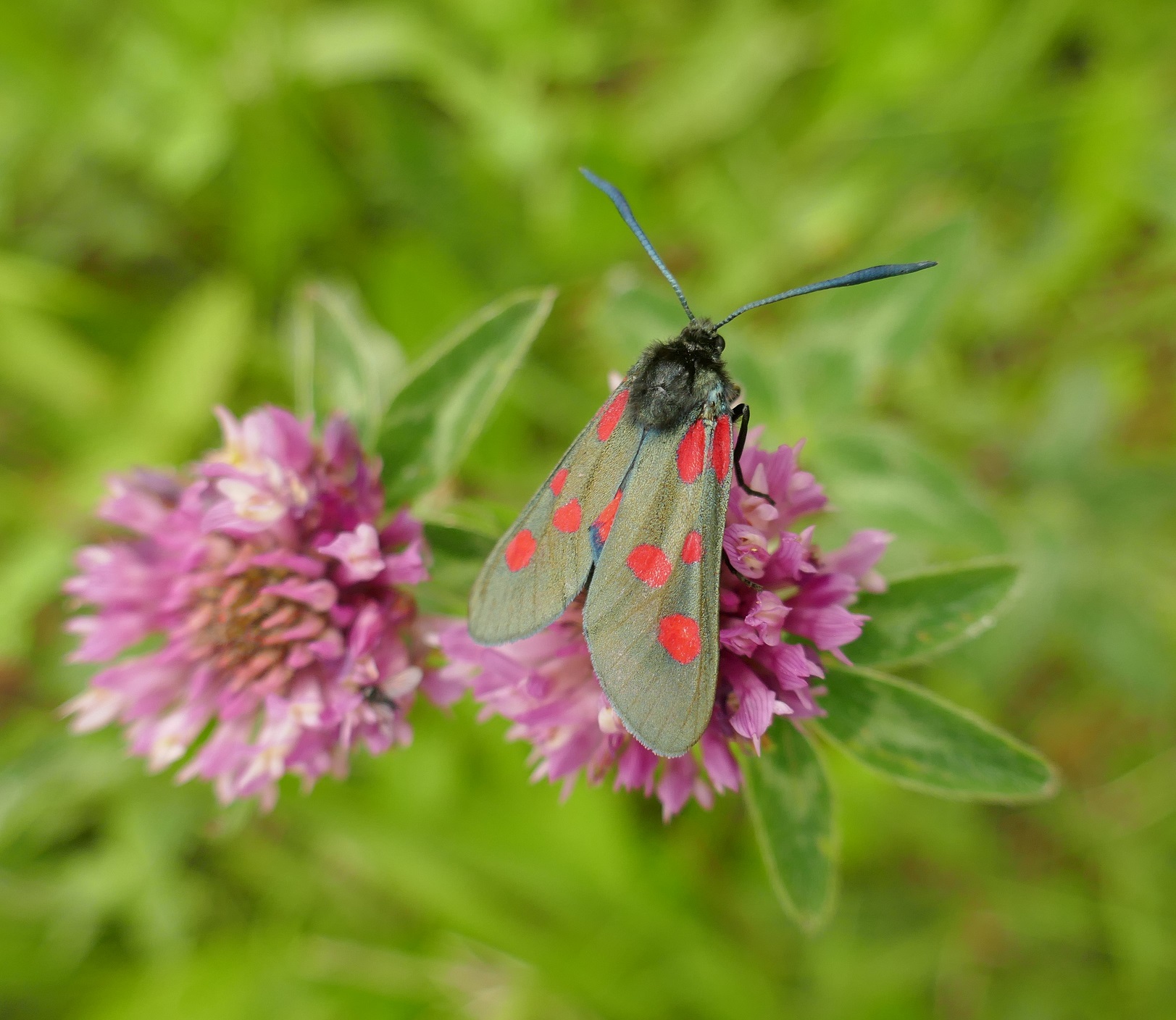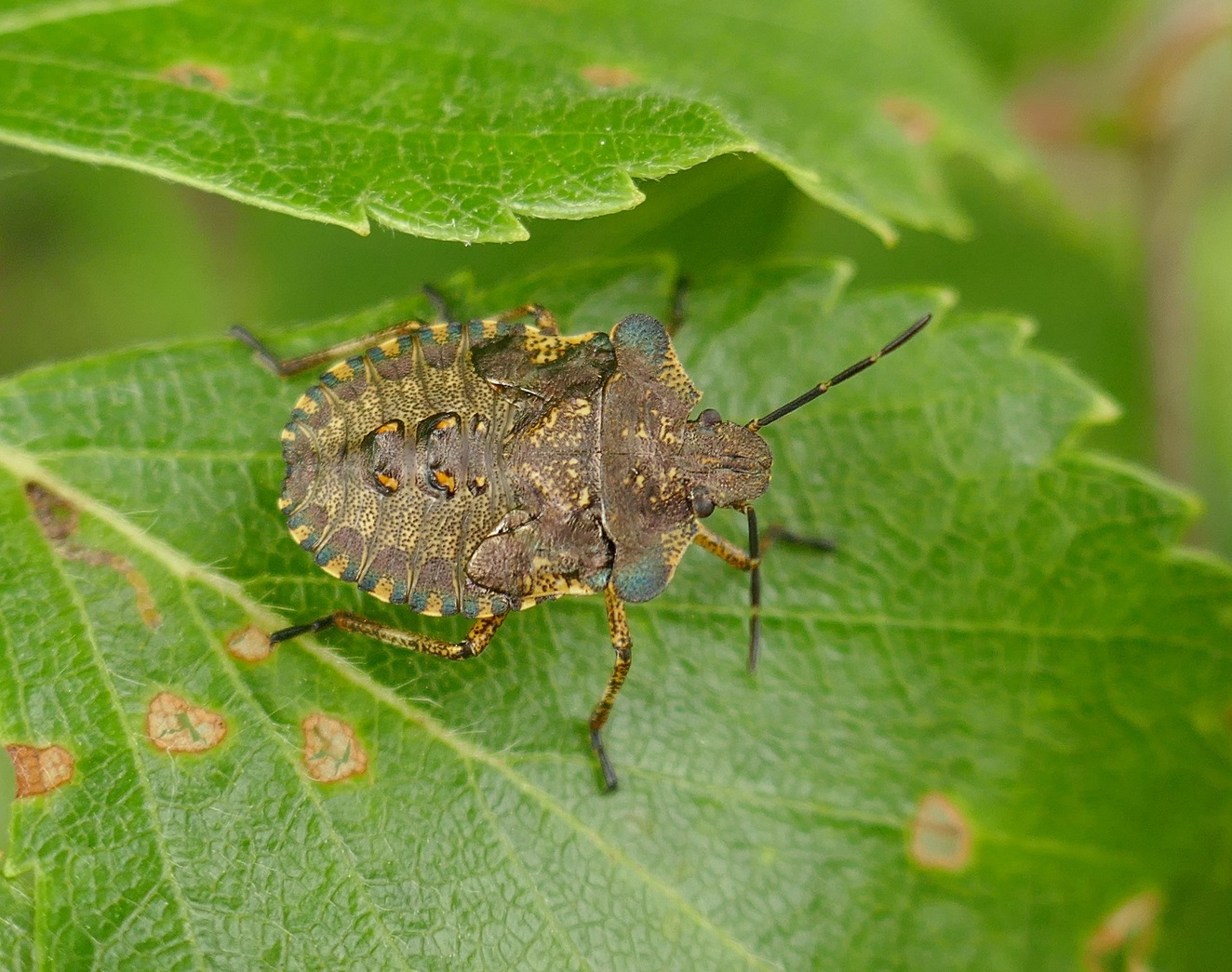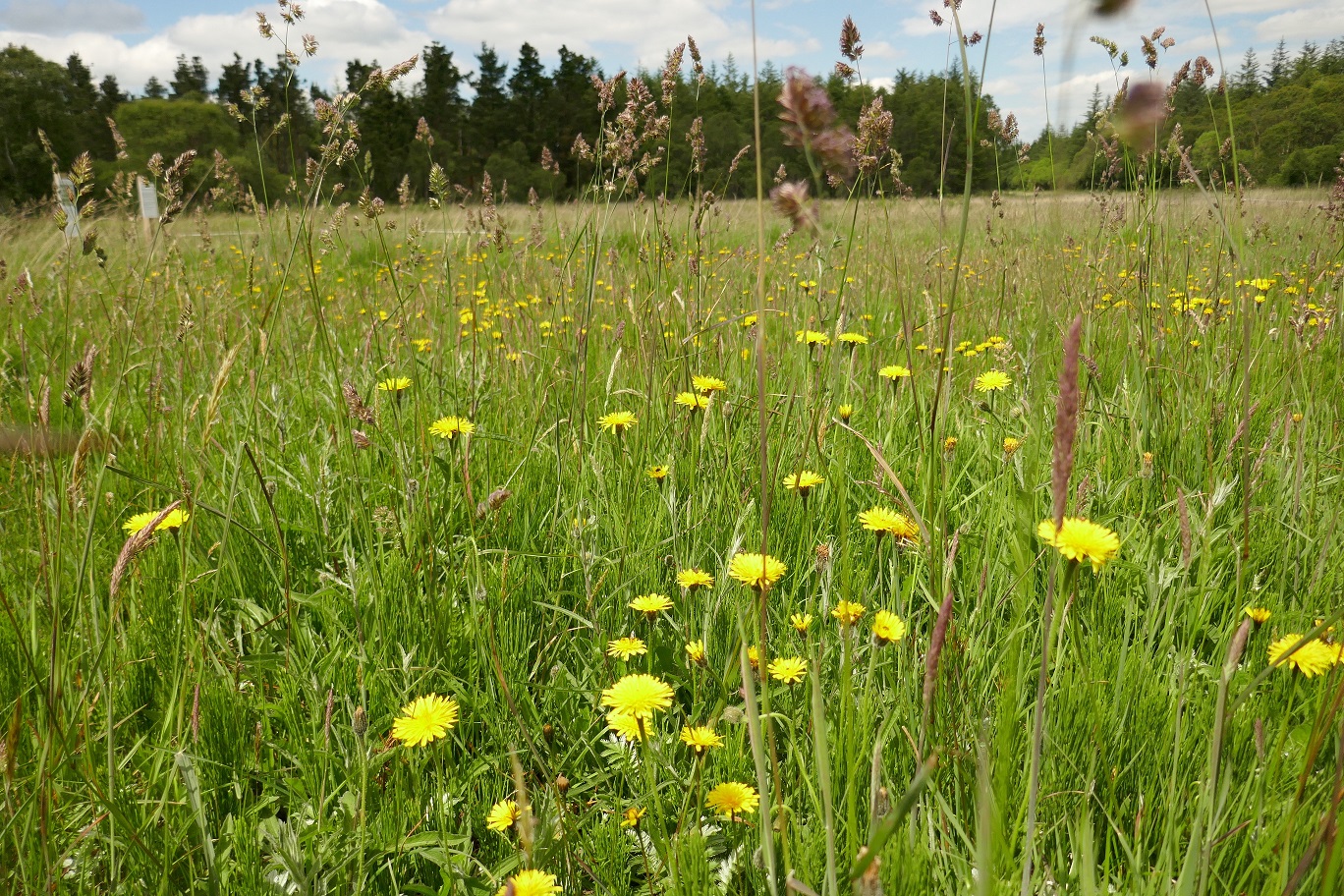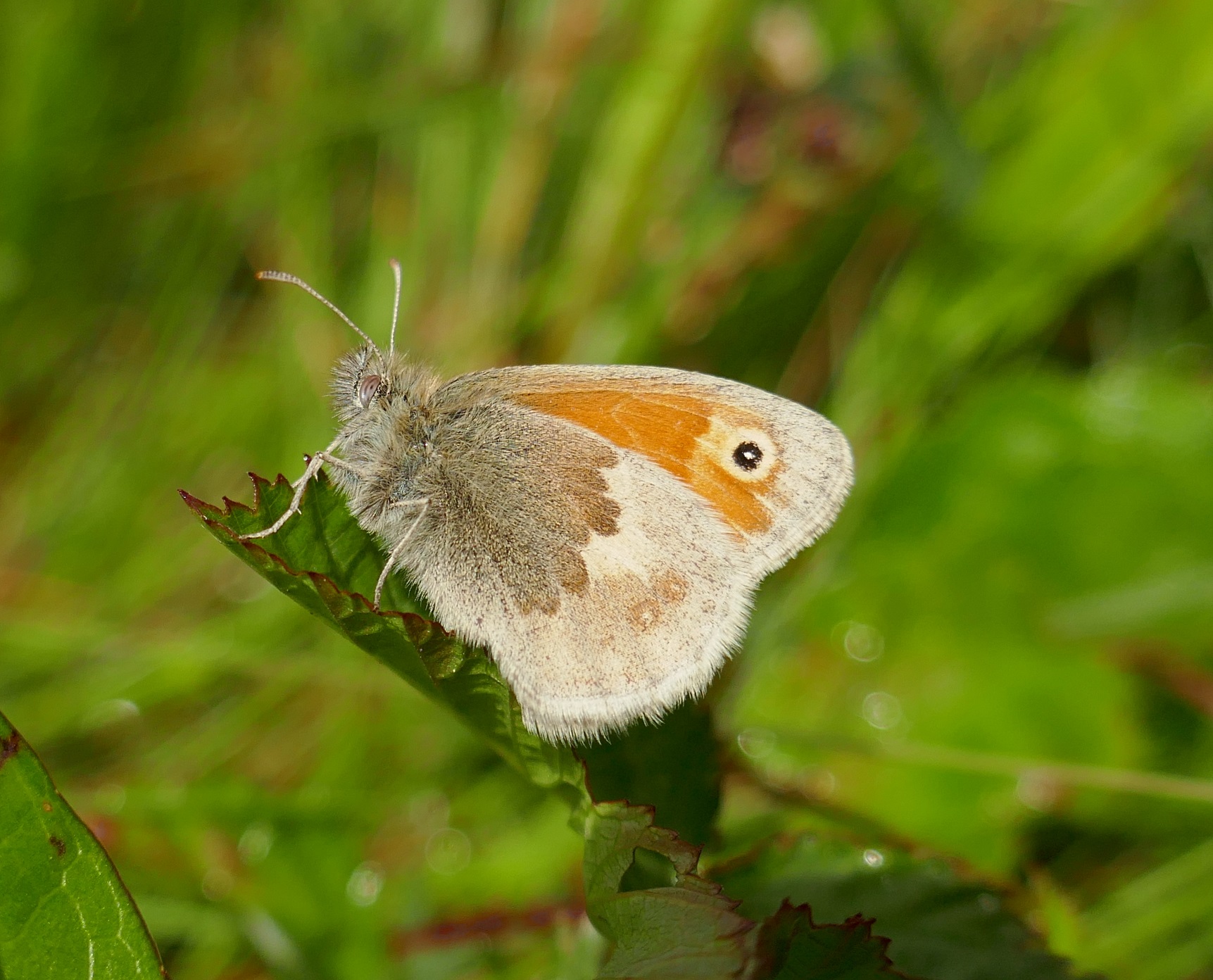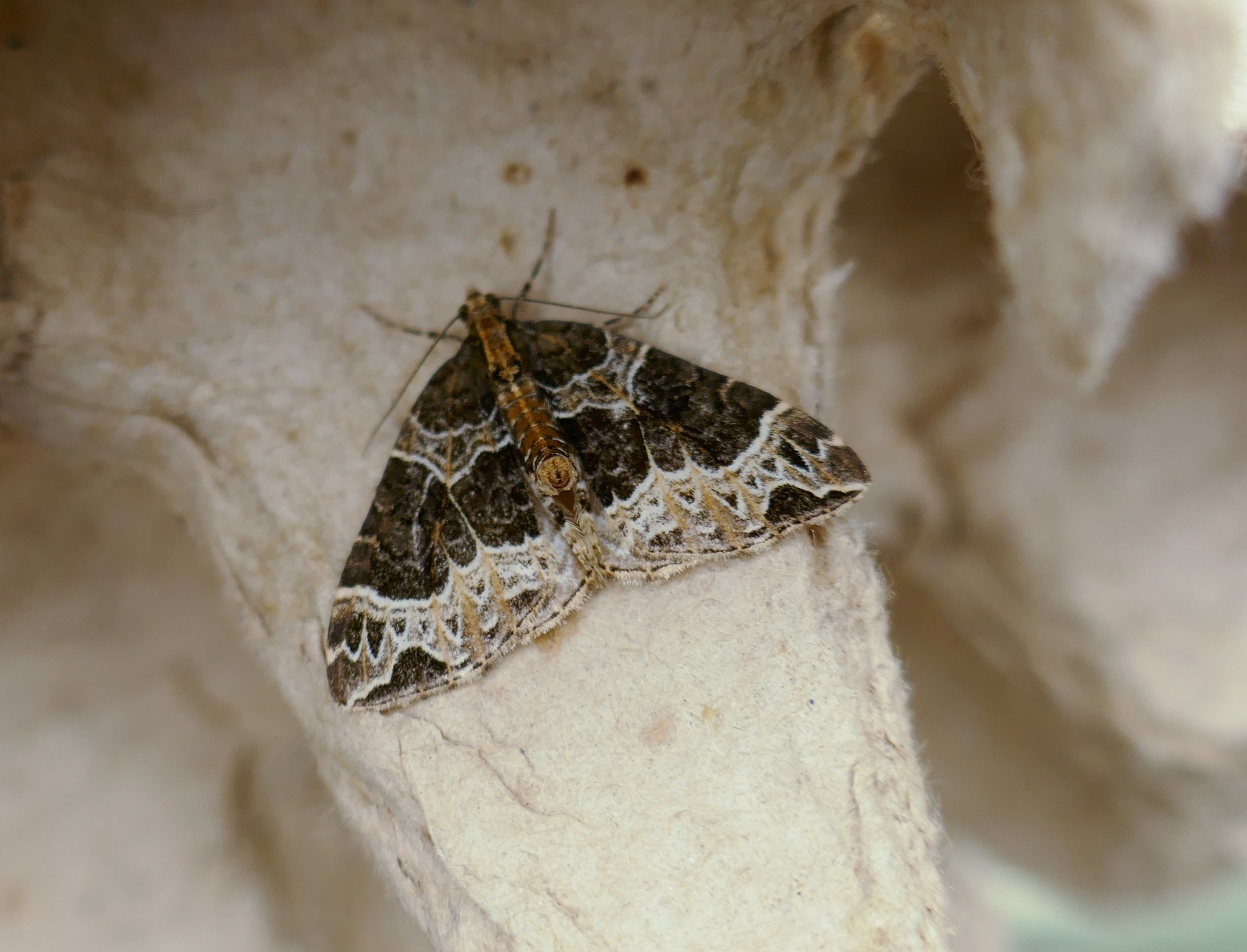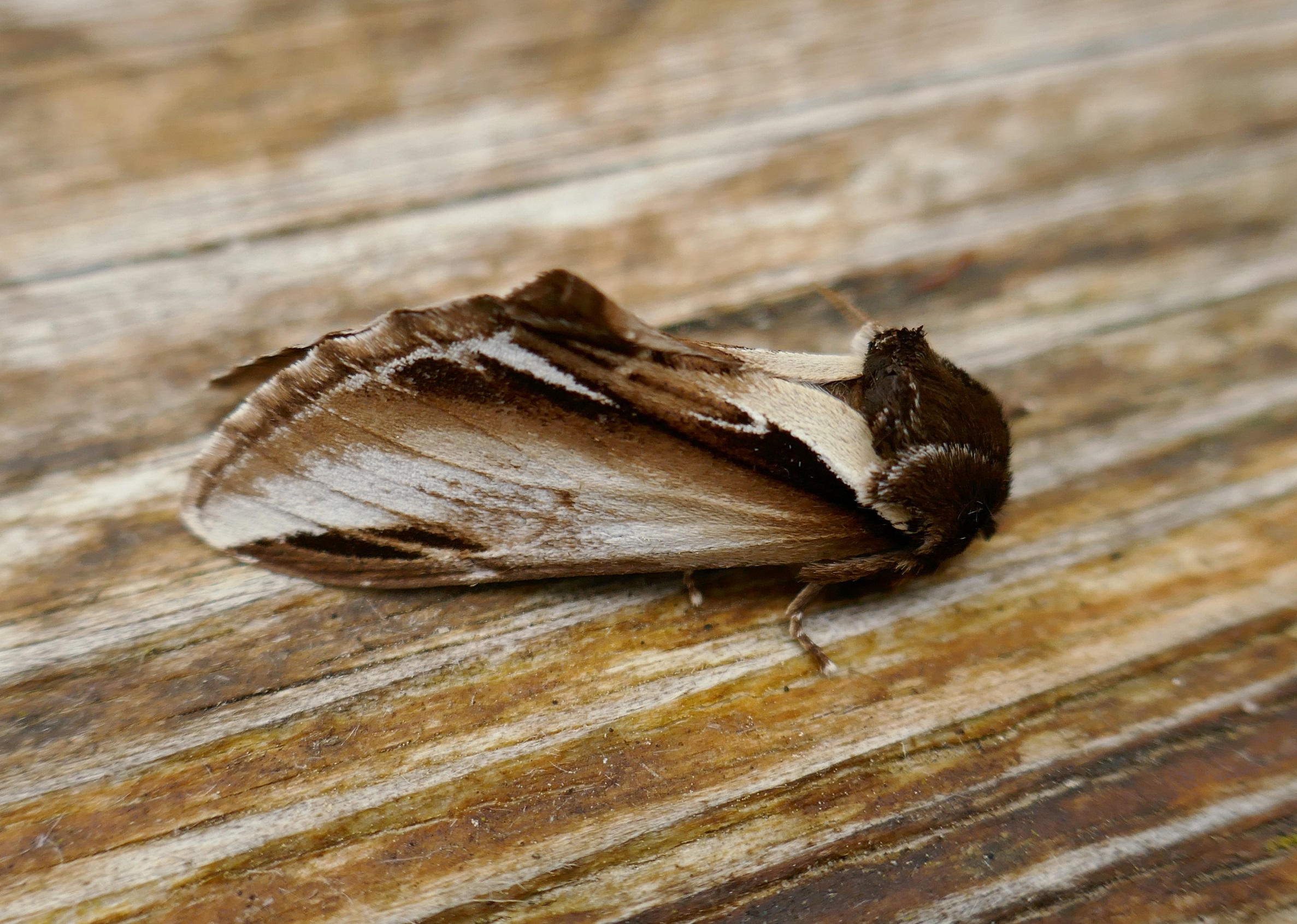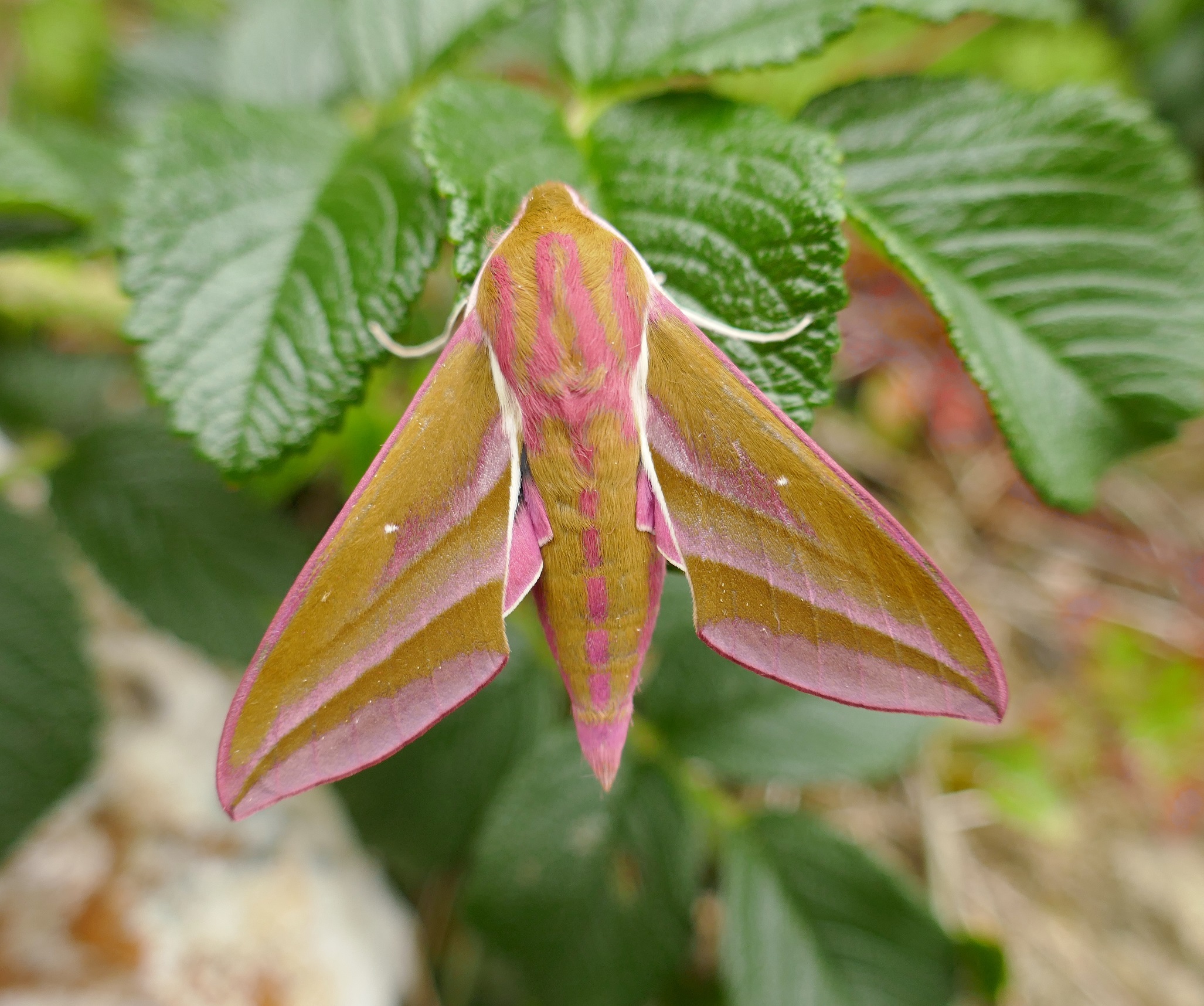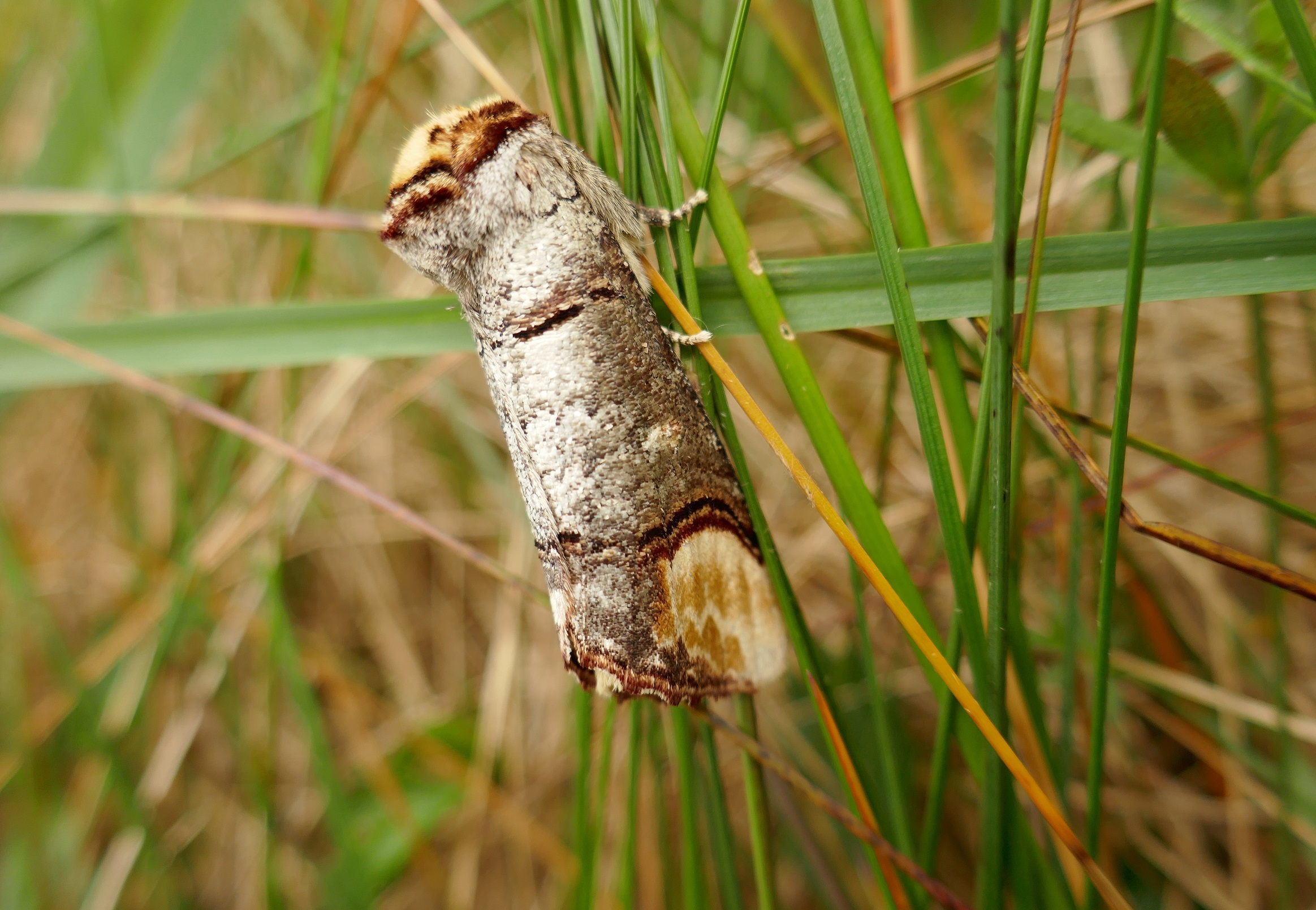Butterfly Conservation UK has recently produced a new Red List for Britain’s butterflies, and the news is not very good.
The declines reported by the Red List authors are linked mainly to habitat loss, not climate change. But climate change is playing a negative role in the fortunes of more northerly species.
Head of Science for Butterfly Conservation, Dr Richard Fox, says: “Shockingly, half of Britain’s remaining butterfly species are listed as threatened or Near Threatened on the new Red List. Even prior to this new assessment, British butterflies were among the most threatened in Europe, and now the number of threatened species in Britain has increased by five, an increase of more than one-quarter. While some species have become less threatened, and a few have even dropped off the Red List, the overall increase clearly demonstrates that the deterioration of the status of British butterflies continues apace.”
While land-use change remains the most important driver of decline, the impact of climate change on butterflies is also evident in the new Red List, with all four British butterflies with northerly distributions, adapted to cooler or damper climates, now listed as threatened (Large Heath, Scotch Argus, Northern Brown Argus) or Near Threatened (Mountain Ringlet).
Britain currently has 59 species (the Red List assessed 62 species, 4 of which are assessed as extinct, although one of these, the Large Tortoiseshell, has been recorded breeding this development occurred after the assessment for the Red List). The List covers Britain only, not the UK as a whole. Disturbingly and perhaps presciently for Ireland’s butterflies, some of the species we have become more concerned about have been uplisted on the Revised Red List of British Butterflies.
The Large Heath ranked vulnerable on the Irish Red List (2010) has been up-listed from Vulnerable to Endangered on the British list. The Grayling ranked Near Threatened in Ireland, has been up-listed from Vulnerable to Endangered on the British list. The Small Heath ranked Near Threatened here, has moved from Near Threatened to Threatened on the British list.
The most disturbing assessment concerns the Meadow Brown, assessed as Least Concern. However, this finding is, to my mind, dubious. The species has shown a major increase in the rate of decline over the period of the assessment (2010-2019) but is assessed as Least Concern because of the potential for a rescue effect, with the British population having the potential to receive influxes from Ireland and Europe.
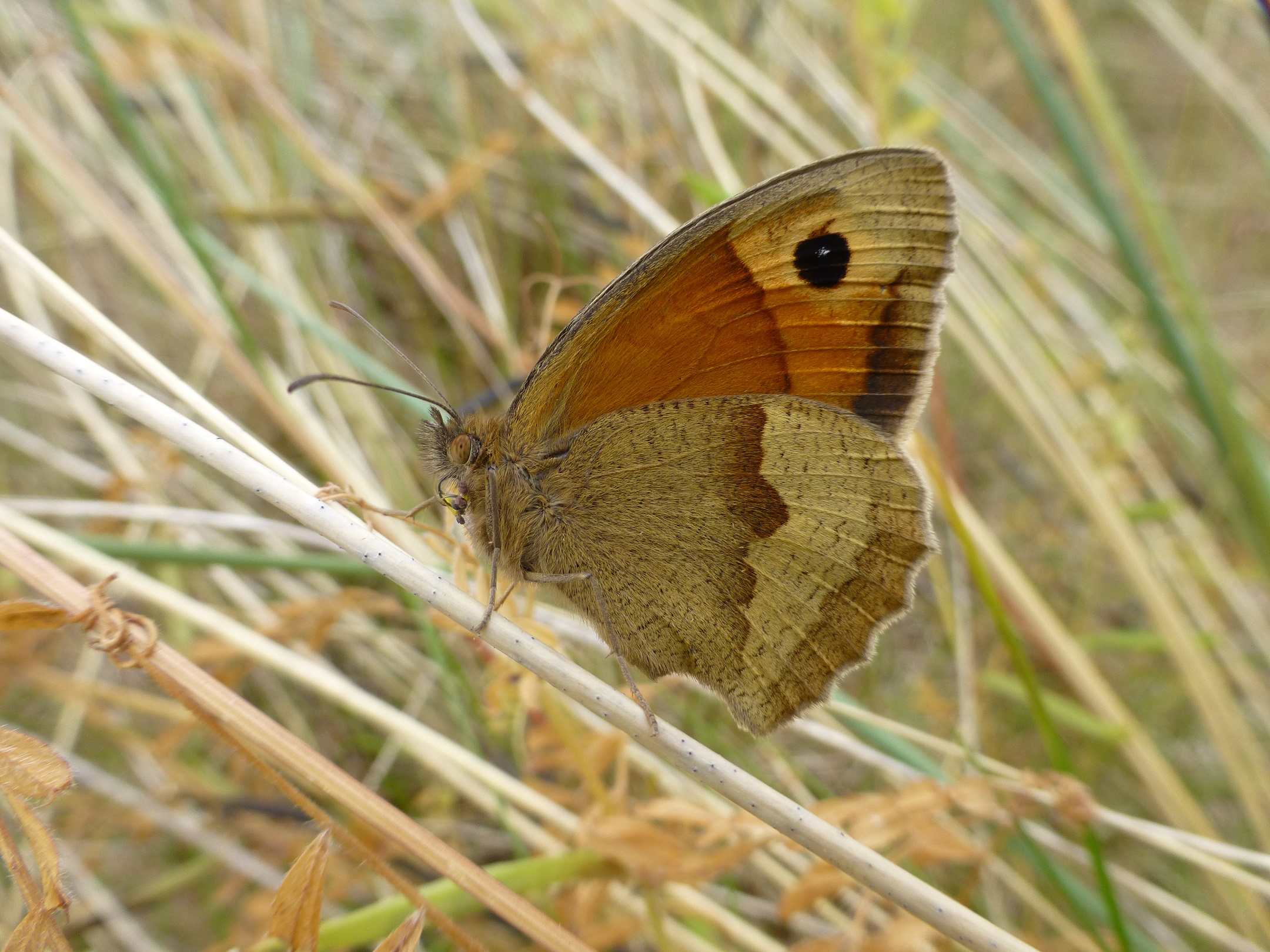
This assessment makes little sense if the decline is attributed to land-use changes. The habitat does not become suitable for the species simply by receiving immigrant Meadow Browns. A mathematical model shows a projected decrease of 28% (2013-2022). The assessment must apply the International Union for the Conservation of Nature (IUCN) process for assessing the status of species, but this should set alarm bells ringing shrilly.
The decline of such a widespread, undemanding habitat generalist suggests widescale environmental degradation. The Victorian Lepidopterist C G Barrett wrote that there is “hardly a grassy field in the United Kingdom from which it is wholly absent.” This is not the case today, for Britain or Ireland.
In better news, conservation measures have helped to improve conditions for the Pearl-bordered Fritillary in Britain which has moved from Endangered to Vulnerable. However, these conservation measures must be ongoing, because this butterfly requires a determined programme of scrub control and rough grazing for its survival in many regions. In Ireland the 2010 Red List ranked this species as Endangered, applying the precautionary principle because the butterfly has such a restricted distribution here, occurring only in the Burren and close to the Burren.
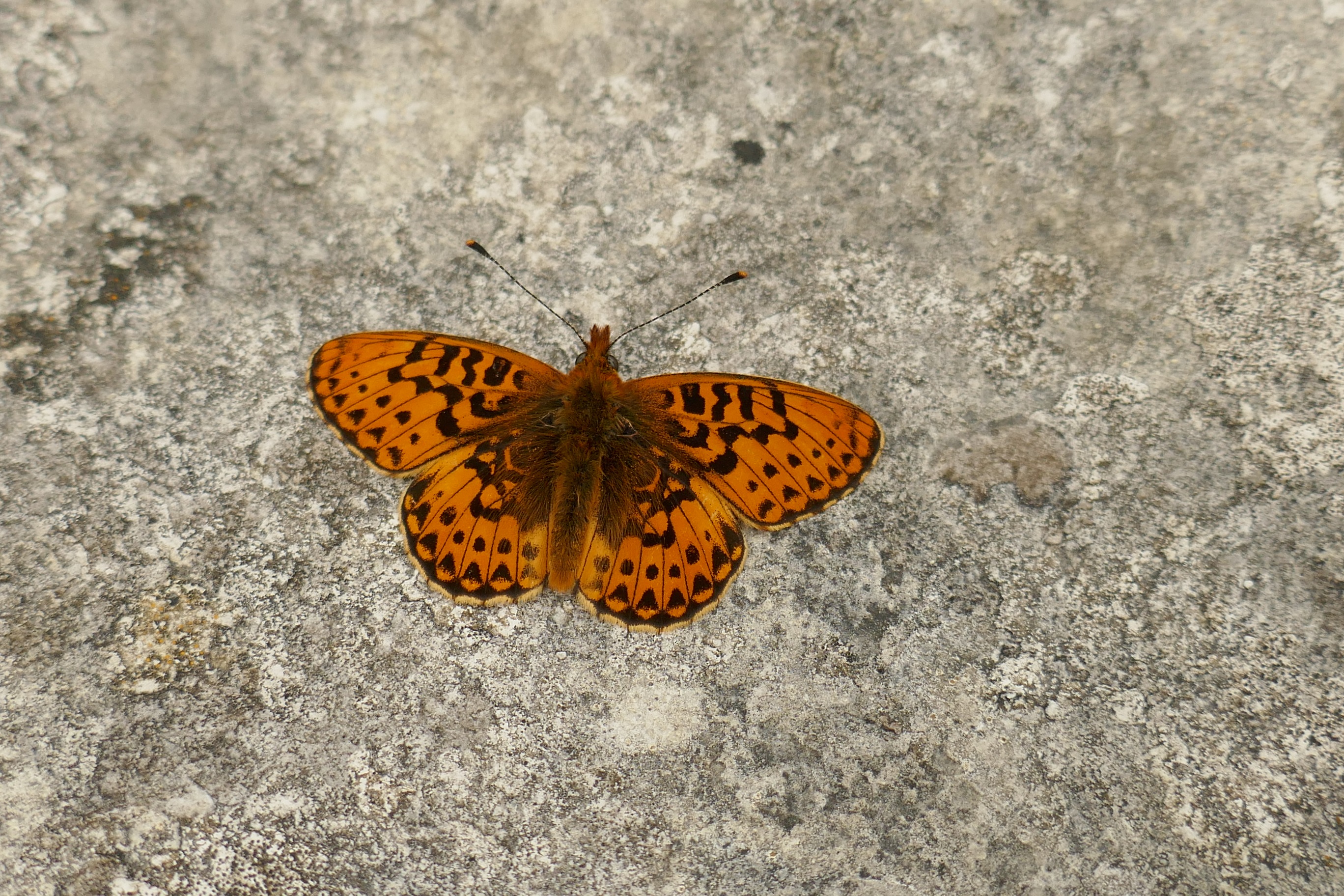
The Wood White, ranked Near Threatened here, remains Endangered in Britain. This species occurs mainly in the Burren and in other areas containing exposed Carboniferous limestone, in scattered locations from just south of Ennis to southern areas of County Mayo.
How are butterflies dealing with land-use changes and climate change on the continent? Broadly, in northern Europe butterflies are in trouble while in southern Europe populations are more stable. Woodland species are doing considerably better than grassland species.

The European Grassland Butterfly Indicator is based on the national Butterfly Monitoring Schemes (BMS) in 19 countries across Europe, most of them in the European Union. The indicator shows that from 1990 to 2011 butterfly populations have declined by almost 50 %, indicating a dramatic loss of grassland biodiversity. This also means the situation has not improved since the first version of the indicator was published in 2005. Of the 17 species that the Indicator assessed, eight have declined in Europe, two have remained stable and 1 increased. For six species the trend is uncertain.
The eight species that showed declines were (species that occur in Ireland in bold) Small Heath, Wall Brown, Small Copper, Dusky Large Blue, Meadow Brown, Common Blue, Marsh Fritillary, and Large Skipper.
From Seville and Cordoba comes the startling news that Common Swift Apus apus and Pallid Swift Apus pallidus nestlings are being killed by extreme heat or when attempting to escape the extreme heat. Hundreds of nestings are being found on pavements, near death. Great tit chicks in Montpellier are starving to death because their parents cannot forage in 45-degree heat.
These are cavity-nesting birds, which often breed in cultural environments such as cities, parks and gardens, making the effects of extreme heat easily observable.
We might be missing what is going on elsewhere and to less conspicuous wildlife, like our moth species.
Apart from drastic global action needed to reduce emissions of greenhouse gases, we need to protect landscapes, like the Burren, to buffer the effects of a warming climate. Bog restoration, grassland restoration, native woodland restoration would also help.
One step you can take right now to express your support for our wetland habitats is to sign the petition in support of the establishment of the National Peatlands Park in Northwest Kildare and East Offaly. The petition is being run by No Planet B, a dedicated group of young environmentalists, ably led by Butterfly Conservation Ireland member Niamh Cowdell. The petition is here: https://chng.it/hYm7vfJjJT


